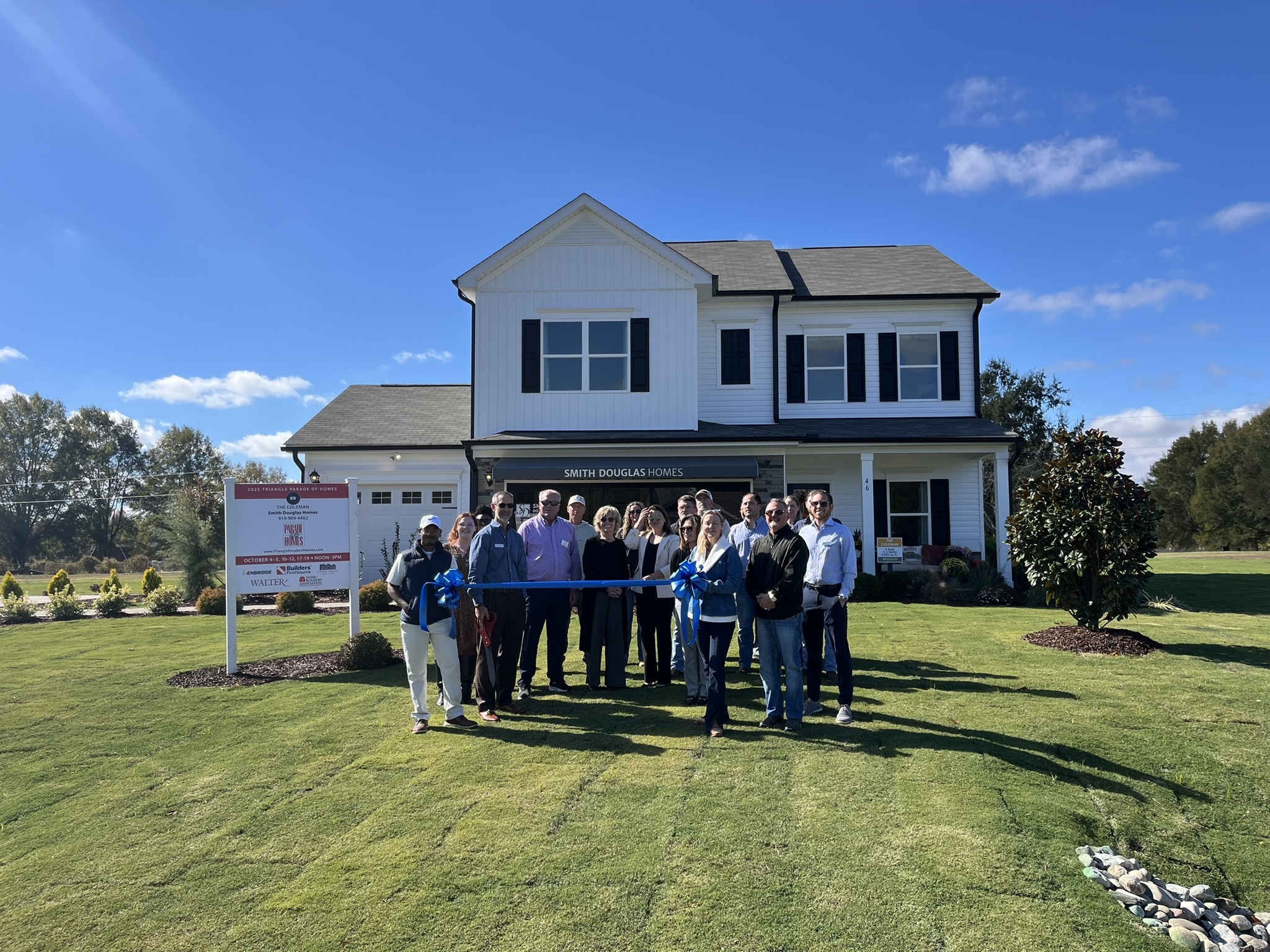In November 2021, the Bipartisan Infrastructure Law (BIL) was signed into law with a goal of establishing a national network of 500,000 electric vehicles (EV) chargers by 2030. The law includes up to $7.5 billion in dedicated funding to increase EV charging and will be distributed based on the state’s federal highway funding formula. There is a $2.5 billion discretionary grant program for rural and underserved communities, and a $5 billion formula program. These are applied along Alternative Fuel Corridors (AFC), a U.S. DOT designated network of plug-in EV charging (and other fuels) along national/state highway systems.
The National Electric Vehicle Infrastructure (NEVI) Formula Program will make $615 million available to states in fiscal year 2022. Each state is required to submit an EV Infrastructure Deployment Plan that describes how the State intends to spend its allocation to the newly created Joint Office of Energy and Transportation (headed up by the U.S. Department of Energy and the U.S. Department of Transportation). The office has also launched a new website, DriveElectric.gov, to give states links to technical assistance, data, and tools for advancing transportation electrification.
The plans are due on August 1, 2022, and will be viewed on a rolling basis. The plans are expected to be approved by September 2022.
Why is This Important for North Carolina?
As the U.S. moves into the modern transportation era, we must figure out how to develop EV infrastructure. North Carolina will be submitting its plan for the near-term strategies North Carolina can use to reduce greenhouse gas emission and increase the use of zero-emission vehicles. Five workgroups will be convened by the N.C. Department of Transportation from April to September to address the challenges and leverage the opportunities to advance clean transportation in North Carolina.
These workgroups will develop action plans in the following five areas:
If anyone would like to be a part of a working group, they can visit the N.C. Department of Transportation to sign up. It is important to spread the word and engage with others in developing North Carolina’s clean transportation future. Coordination with stakeholders is crucial and the guidance makes it clear that state DOTs aren’t expected to develop and implement their plans by themselves—nor should they.
The military bases have begun investigating the transition to electric vehicles and EV infrastructure. At the Southeast Region Federal Construction, Infrastructure and Environmental Summit hosted by Sen. Richard Burr, Sen. Thom Tillis and the North Carolina Military Business Center, we heard from military officials both the opportunities and challenges with vehicle electrification.
The Pentagon is developing a “sustainability plan,” part of which will be focused on developing a zero emissions non-tactical vehicle fleet. The military's non-tactical vehicle fleet is the second largest in the federal government next to the U.S. Postal Service, so it is a daunting effort. The U.S. Army released its first climate strategy back in February, which aims to slash the Army’s emissions in half by 2030; electrify all noncombat vehicles by 2035 and develop electric combat vehicles by 2050. It is unclear, though, whether the NEVI funding, coordinated through the state transportation departments will be earmarked for federal facilities.
If NEVI money is spent the right way and in close coordination with key stakeholders, we will be on our way towards building out a seamless, convenient, and reliable experience for EV drivers on our highways. This will have the added benefits of ensuring rural and underserved communities are able to access EV charging and we successfully build out the transportation infrastructure of the future.
For more information on the North Carolina Military Business Center visit www.ncmbc.us or contact Diane Cherry at cherryd@ncmbc.us.

Smith Douglas Homes has launched its notable development called Cape Overlook, a 63.95-acre subdivision situated on the Cape Fear River near Wildlife Road.

Walsingham Group Inc., an organization federally recognized for its efforts and emphasis on hiring Veterans is partnering with local and national organizations to recruit, hire and retain Veteran talent. Photo generated using Canva AI.Walsingham Grou

Costumed actors will roam the streets, carriage rides will guide visitors throughout and the traditional candlelight processional and illumination ceremony will be included at this year’s A Dickens Holiday. Photo provided by A Dickens Holiday, taken